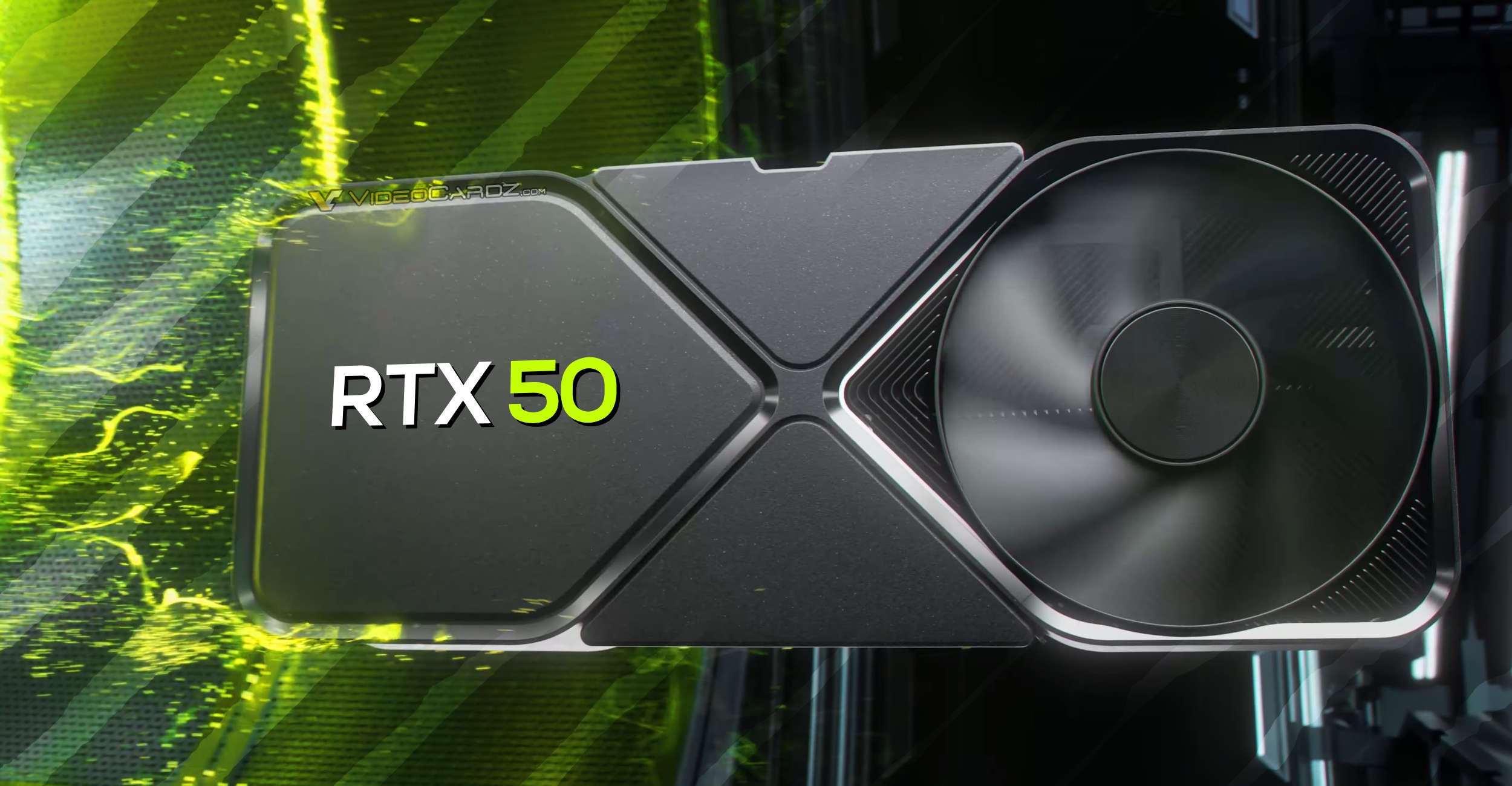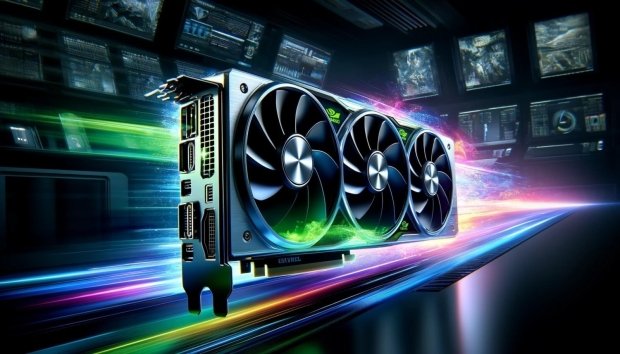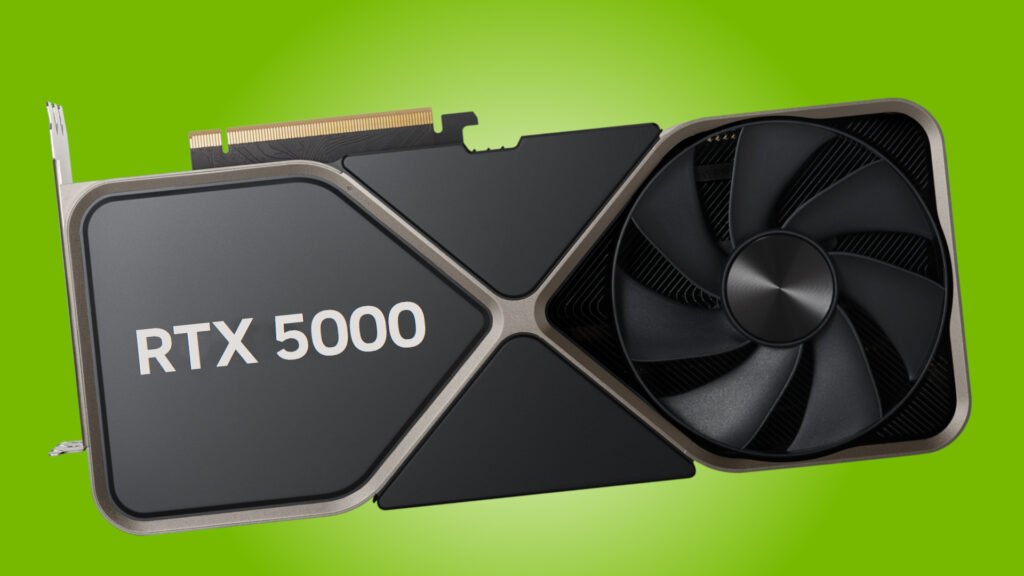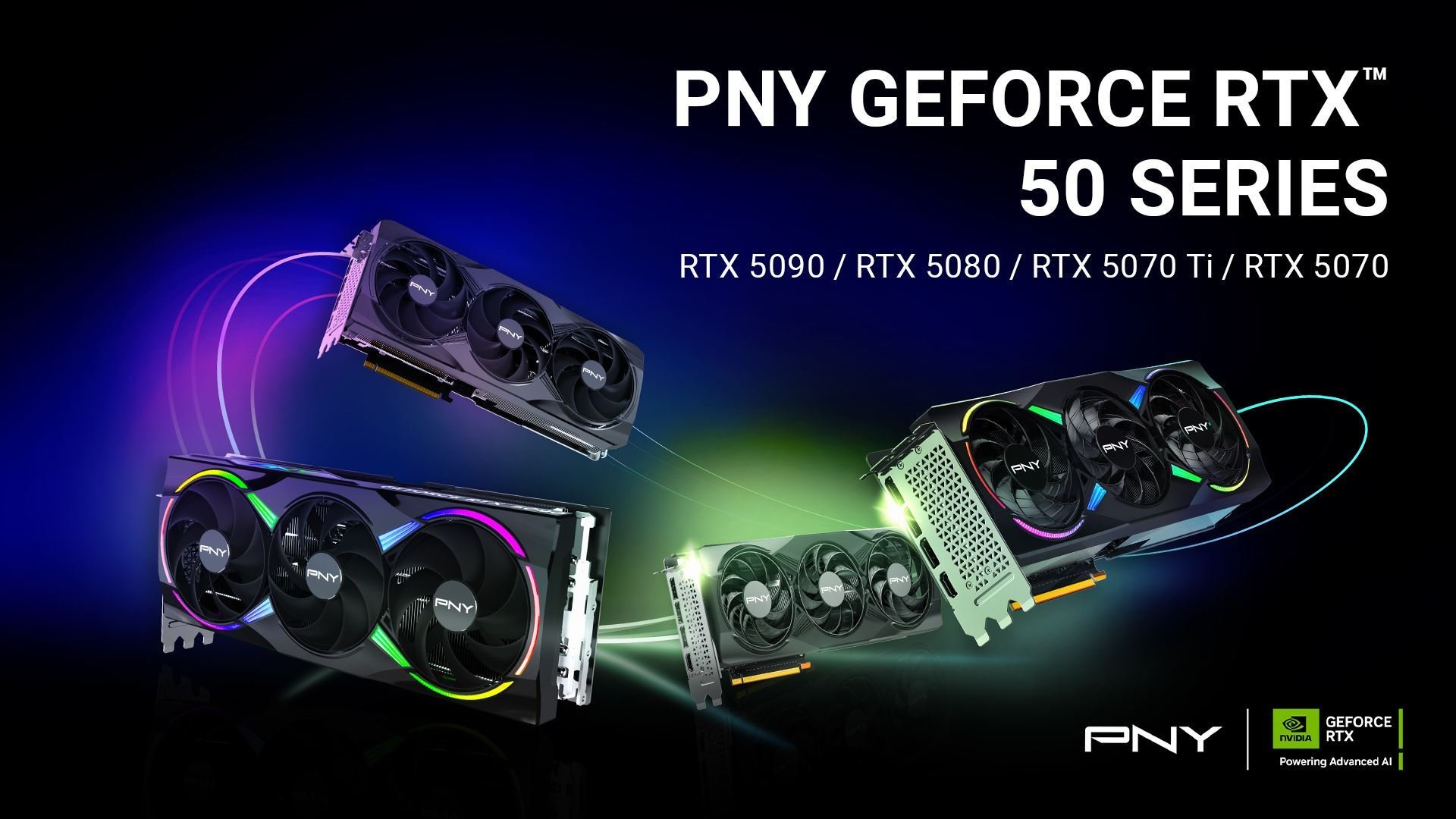Every few years, a new generation of hardware arrives that doesn’t just raise the bar, but completely redesigns the stadium. The NVIDIA GeForce RTX 50 Series has landed, promising a monumental leap in performance that redefines what’s possible in both gaming and creative AI. This is more than an upgrade; it’s a fundamental shift in real-time rendering power.
The Blackwell architecture at the heart of the RTX 50 series, particularly the flagship RTX 5090, is nothing short of an engineering marvel. Raw rasterization performance sees a significant uplift over the previous generation, but the real story is in accelerated computing. Ray tracing, once a performance-heavy novelty, is now a fully realized and breathtakingly fast feature. In titles optimized for the new hardware, full path-traced lighting runs at playable frame rates at 4K resolution without aggressive upscaling, a feat that felt like science fiction just a few years ago. This is enabled by a redesigned RT core that handles light traversal and intersection calculations with brutal efficiency.

NVIDIA’s AI-driven features also receive a major overhaul. The star of the show is DLSS 4, which introduces a more sophisticated AI model for its Frame Generation component. The result is smoother motion and fewer visual artifacts, making high-refresh-rate 4K gaming a reality even in the most demanding titles. For creators and developers, the enhanced Tensor Cores are a game-changer, dramatically cutting down rendering times in applications like Blender and V-Ray and accelerating local AI model inference for a variety of professional tasks. This GPU isn’t just for playing games; it’s a potent workstation card masquerading in a consumer-grade chassis.
Of course, this power comes at a cost—both in price and physical requirements. The RTX 5090 is a behemoth, larger and heavier than its predecessor, requiring a spacious case with excellent airflow. Its power consumption pushes the limits of the new 12V-2×6 connector, making a high-quality, ATX 3.1-compliant power supply non-negotiable. While partner cards offer more robust cooling solutions, they often carry an even higher price premium. The value proposition is therefore complex; this is a product built for the bleeding edge. The performance is undisputed, but its price places it firmly in the “prosumer” and hardcore enthusiast category.
Ultimately, the GeForce RTX 50 Series sets a new benchmark for what a GPU can do. The RTX 5090 is an unapologetically powerful card designed for those who demand the absolute best and have the budget and system to support it. For 4K high-refresh-rate gaming, intensive 3D rendering, or serious AI development, it is without peer. However, most gamers will find the performance overkill for their needs and would be wise to see how the more mainstream 5070 and 5060 cards stack up once they arrive.

Where to Buy:
https://www.amazon.com/s?k=NVIDIA+GeForce+RTX+50+Series+GPUs+%28rumored%29&tag=cp01a-20


NVIDIA GeForce RTX 50 Series GPU Quick Summary
Key Scores:
-
Value:
82% -
Design:
90% -
Performance:
95% -
Quality:
91% -
Popularity:
96%
Top Pros
- ✅ Truly next-generation performance redefines high-end gaming and creative workloads.
- ✅ Groundbreaking DLSS 4 technology delivers stunning visuals with high frame rates.
- ✅ On-chip AI acceleration drastically speeds up professional content creation tasks.
- …
Key Cons
- ❌ Flagship models come with an exceptionally high, prohibitive price tag.
- ❌ Extreme power consumption demands a high-end power supply and case.
- ❌ The sheer physical size can create compatibility issues in smaller builds.

















